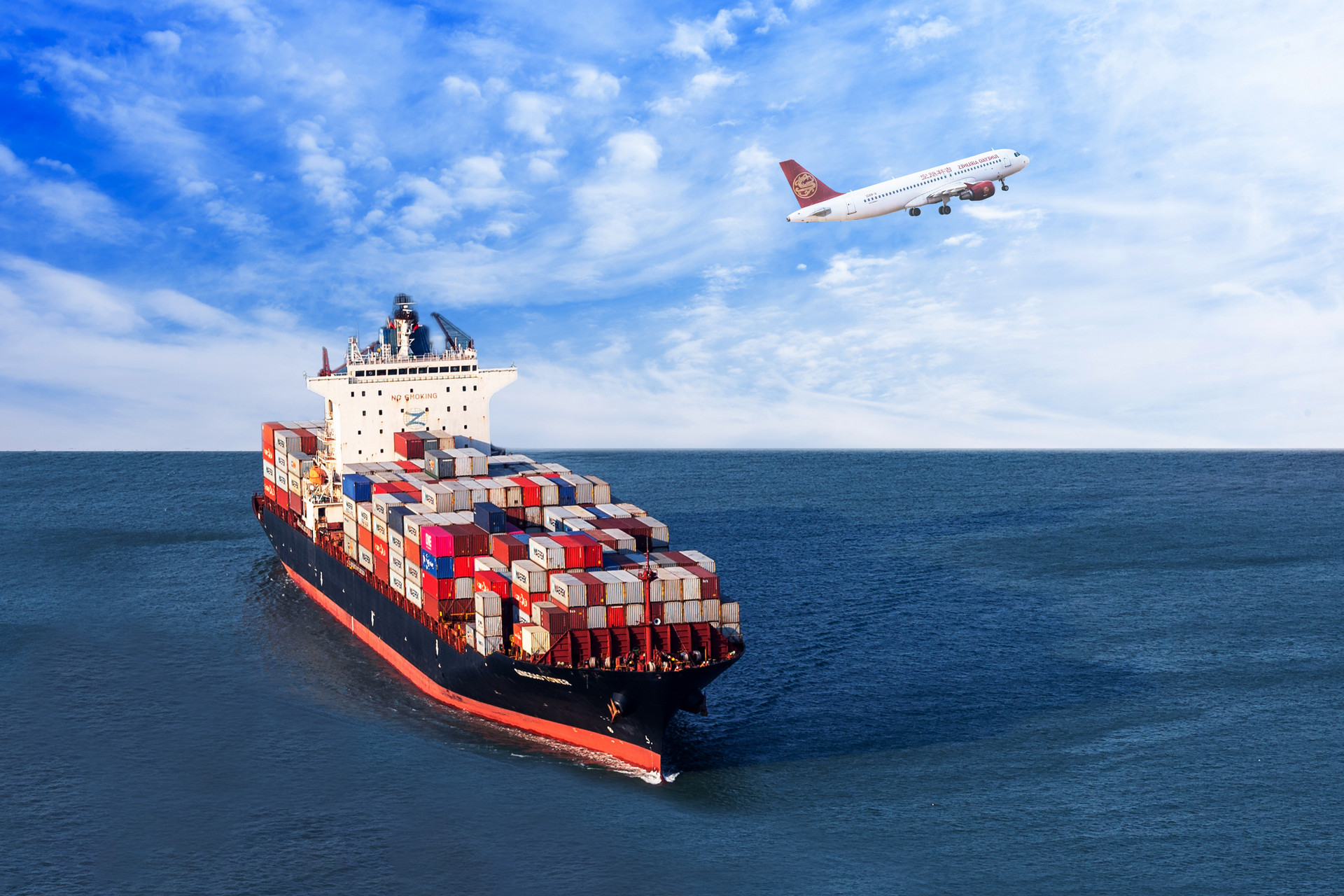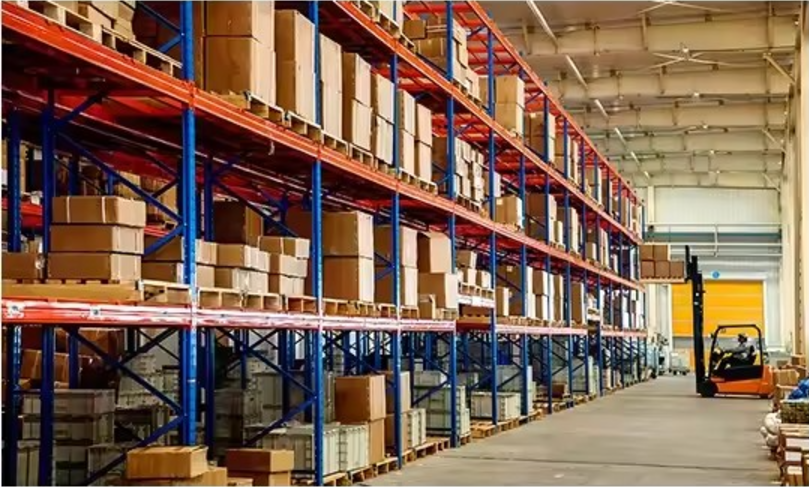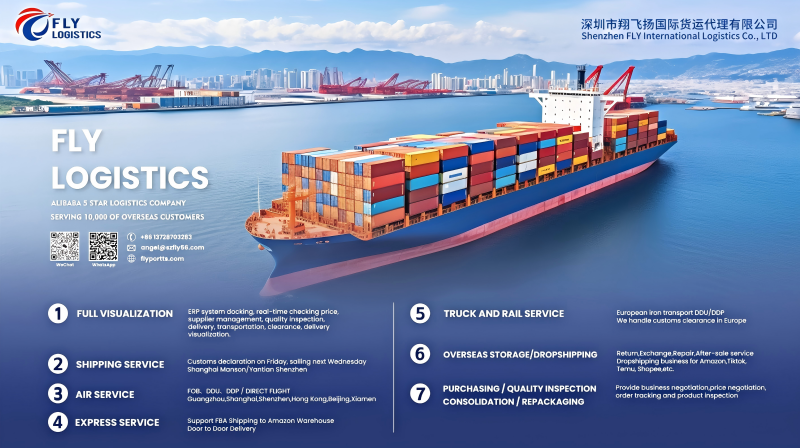In the world of logistics, efficiency and speed are critical. As global trade continues to expand, businesses are constantly seeking innovative ways to streamline their supply chains. One such solution gaining traction is sea air cargo, an intermodal transport method that combines the benefits of both sea and air freight. This hybrid approach offers several distinct advantages, making it an attractive option for companies looking to balance cost and speed.
What is Sea Air Cargo?
Sea air cargo is a logistics strategy that leverages both sea and air transport to move goods. Typically, this method involves shipping goods by sea for part of the journey and then transferring them to air transport to complete the route. This intermodal approach is particularly useful for long-distance shipments where time and cost considerations are paramount.
Key Advantages of Sea Air Cargo
Cost Efficiency
One of the primary benefits of air sea forwarder is its cost efficiency. Sea freight is generally much cheaper than air freight, making it an economical choice for long-distance transportation. By combining sea and air transport, companies can enjoy lower shipping costs while still reducing transit times compared to using sea freight alone. This hybrid approach allows businesses to optimize their shipping expenses and improve their bottom line.
Reduced Transit Times
While sea freight is cost-effective, it can be slow, particularly for long-haul routes. Air freight, on the other hand, is much faster but more expensive. Sea and air cargo offers a balanced solution by using sea transport for the initial leg of the journey and air freight for the final stretch. This method significantly reduces transit times compared to sea freight alone while keeping costs lower than air freight.
Improved Flexibility
Air sea forwarder provides greater flexibility in logistics planning. Businesses can choose to ship goods by sea to a regional hub and then transfer them to air transport for the final leg of the journey. This flexibility allows companies to adapt their shipping strategies based on current demand, seasonal fluctuations, and market conditions. It also enables faster responses to unexpected changes in supply chain dynamics.
Enhanced Supply Chain Reliability
Integrating sea and air transport can enhance the overall reliability of the supply chain. Sea air cargo offers a compromise between the speed of air freight and the cost-effectiveness of sea freight. By combining these modes of transport, companies can mitigate the risk of delays caused by port congestion, customs issues, or other disruptions that can impact sea freight. This hybrid approach helps ensure a more reliable and predictable delivery schedule.

Reduced Inventory Costs
Faster transit times associated with air sea forwarder can help businesses reduce their inventory holding costs. By shortening delivery times, companies can reduce the amount of inventory they need to keep on hand, which in turn lowers storage costs and frees up capital for other uses. This inventory optimization is especially beneficial for companies dealing with high-value or time-sensitive goods.
Environmental Benefits
Sea air cargo can also offer environmental advantages. While air freight is more carbon-intensive than sea freight, combining the two modes can reduce the overall carbon footprint of the shipment compared to using air freight alone. Additionally, advancements in fuel efficiency and sustainable practices in both sea and air transport are helping to further mitigate the environmental impact of logistics operations.
Access to Remote Markets
Sea air cargo can provide access to remote or less accessible markets that may not be directly served by air freight alone. By using sea transport to reach regional hubs or ports and then transferring to air transport, companies can expand their reach and tap into new markets. This approach can be particularly advantageous for businesses looking to enter emerging markets or regions with limited air transport infrastructure.
How Sea Air Cargo Works
The air sea forwarder process typically involves several key steps:
- Booking and Coordination: Companies book sea transport for the initial leg of the journey and arrange for air freight for the final stretch. Coordination between sea and air carriers is crucial to ensure smooth transitions and timely deliveries.
- Sea Transport: Goods are shipped by sea to a regional hub or port. This stage of the journey is cost-effective but may take several weeks, depending on the distance and shipping routes.
- Customs Clearance: Upon arrival at the sea port, goods undergo customs clearance procedures. Efficient handling of customs paperwork is essential to avoid delays and ensure timely transfer to air transport.
- Transfer to Air Transport: After clearing customs, the goods are transferred to air transport for the final leg of the journey. This stage significantly speeds up delivery times and ensures timely arrival at the destination.
- Final Delivery: Goods are delivered to their final destination, completing the air sea forwarder The hybrid transport method helps balance cost and speed, providing an optimal solution for many shipping needs.
Conclusion
Sea air cargo offers a valuable solution for businesses seeking to balance cost and speed in their logistics operations. By combining the cost-effectiveness of sea freight with the speed of air freight, companies can achieve faster transit times while keeping shipping costs manageable. The flexibility, reliability, and environmental benefits of sea and air cargo make it an attractive option for a wide range of shipping needs. As global trade continues to evolve, air sea forwarder will likely play an increasingly important role in optimizing supply chains and meeting the demands of modern logistics.





